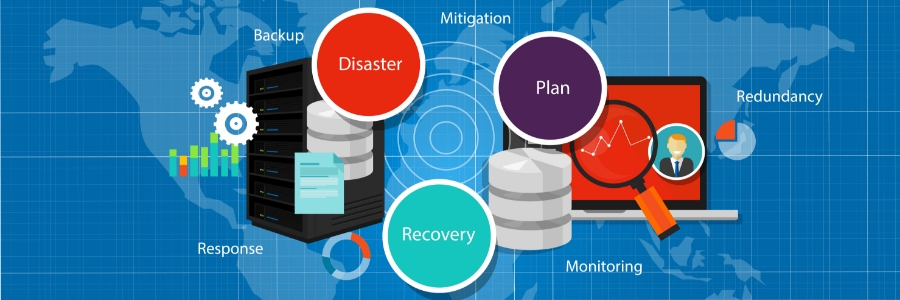Disasters can strike at any time, putting your valuable data at risk and dealing catastrophic damage to your bottom line. But by following a few simple steps in creating a disaster recovery plan (DRP), you can safeguard your business from data loss events and ensure that your information remains secure in the face of any potential disaster.
Disaster recovery plan: Key steps to protect your business
Don’t let a power outage cripple your business — invest in a UPS

Power outages are a huge inconvenience to businesses. They can lead to lost productivity and revenue, and they can cost you a lot in damages. That's why it's important for businesses like yours to invest in an uninterrupted power supply (UPS). Let's take a closer look at some of the key reasons why every business should have a UPS system in place.
Debunking the 3 biggest myths about disaster recovery
How to protect your business from hurricanes

In 2021, the United States experienced one of the most active storm seasons on record, upsetting businesses already dealing with a pandemic. For companies without a good disaster recovery plan, the consequences were devastating. This is why your business should have a hurricane disaster recovery plan.
Ensuring business continuity with cloud technology
UPS: A must-have for network equipment

Power outages can happen anytime and for a number of reasons, including accidents and natural disasters such as fires and hurricanes. While there’s little your business can do to prevent a power outage, you can mitigate its impacts on your operations by deploying an uninterrupted power supply (UPS) for your computers and networking equipment.
Don’t believe these disaster recovery myths
7 Steps to making your data hurricane-proof

Hurricanes are a common occurrence in many parts of the United States. Not only do they destroy property and endanger lives, but they can also disrupt your business’s operations. In this blog, we offer tips on how you can ensure fast access to your data following a disaster and immediately get back to business.
Is your business continuity plan doomed to fail?
Steps to having ever-reliable VoIP service

Voice over Internet Protocol (VoIP) telephony systems are great for today’s businesses. They are more mobile, have greater functionality, and cost less than traditional landline phones. But as with any technology, VoIP is vulnerable to disruptions due to equipment failure, disasters, and cyberattacks.





